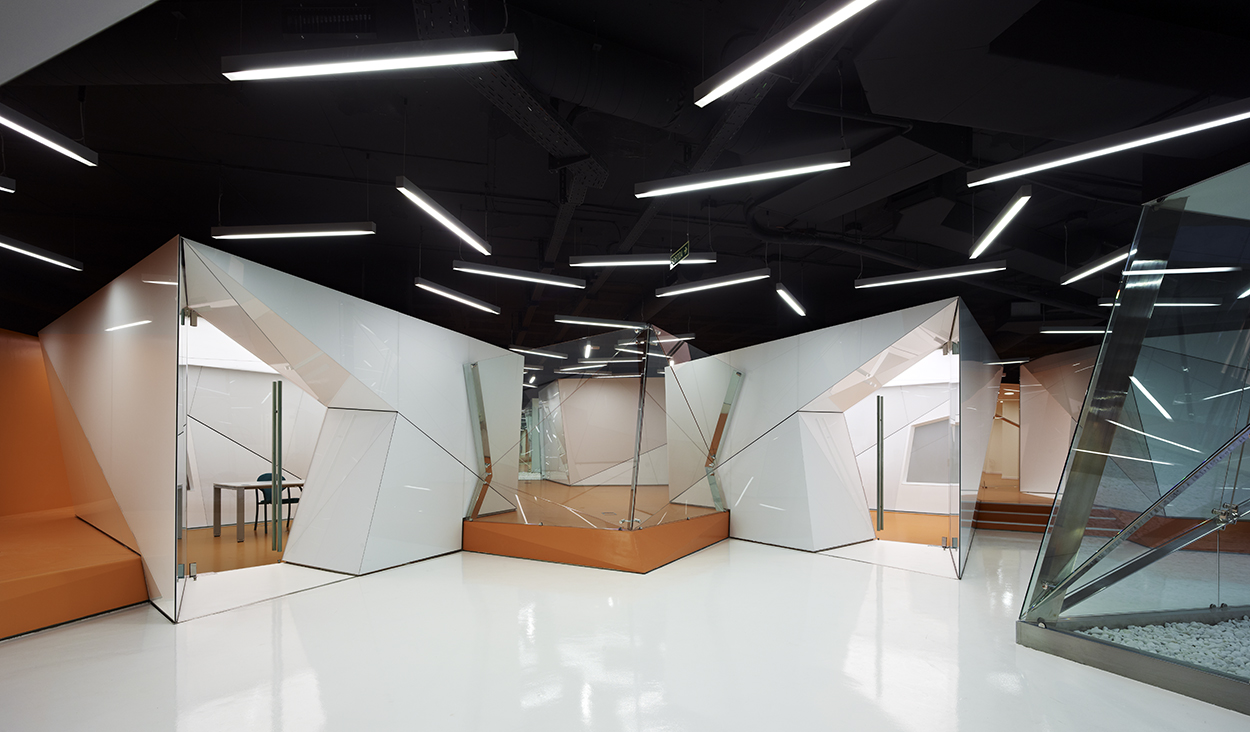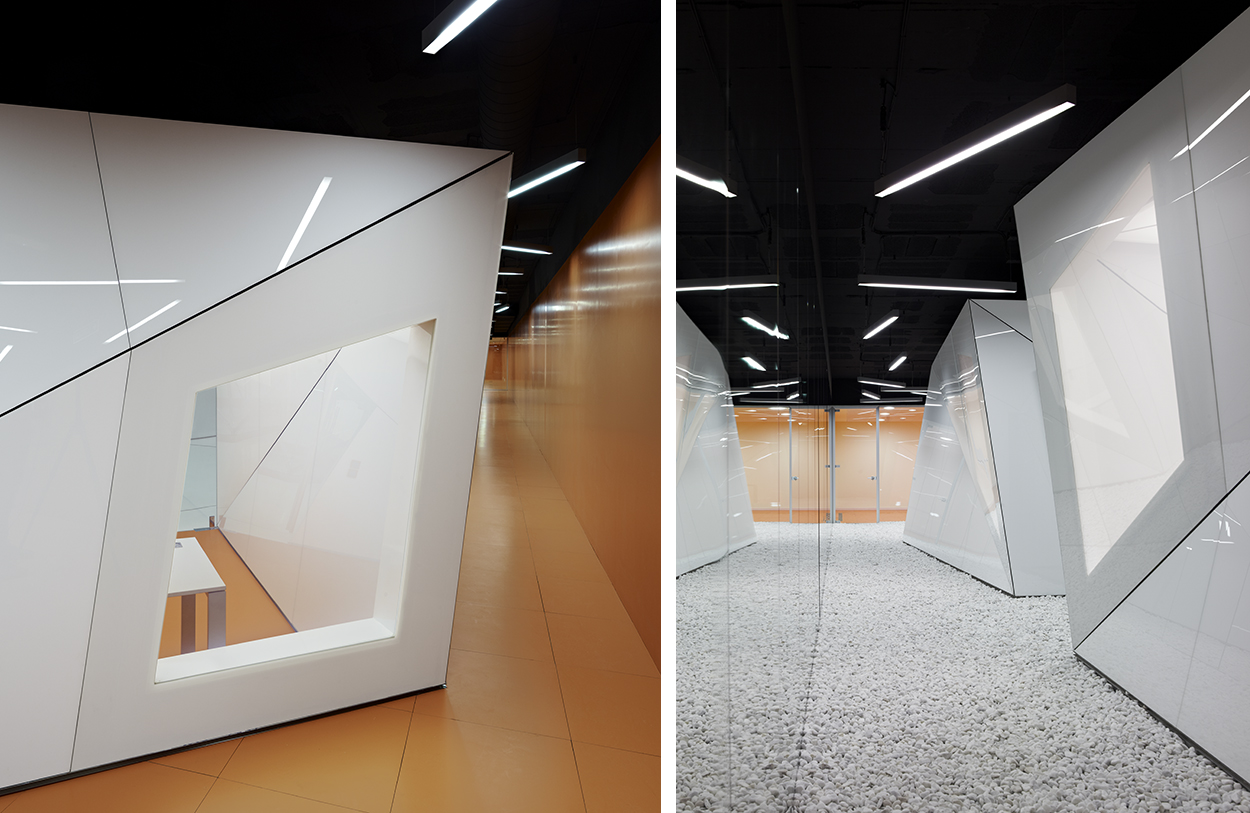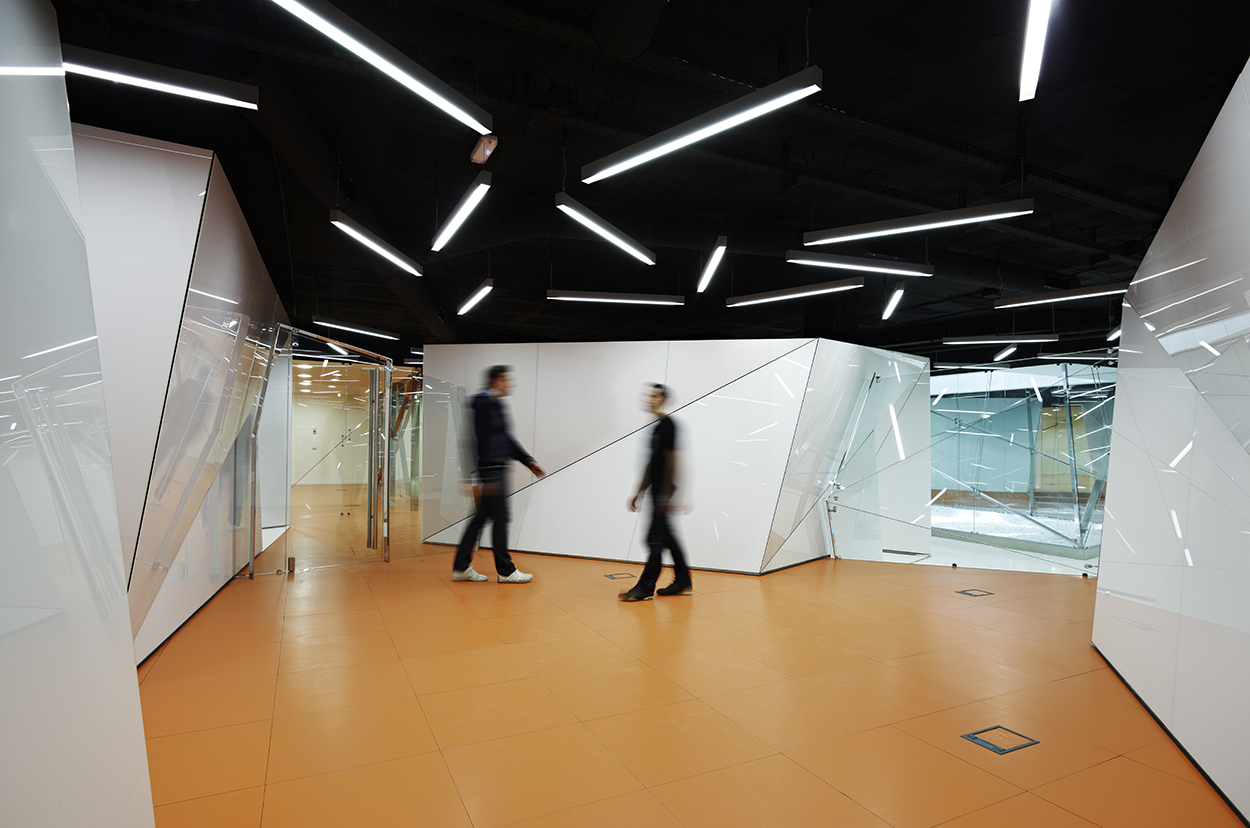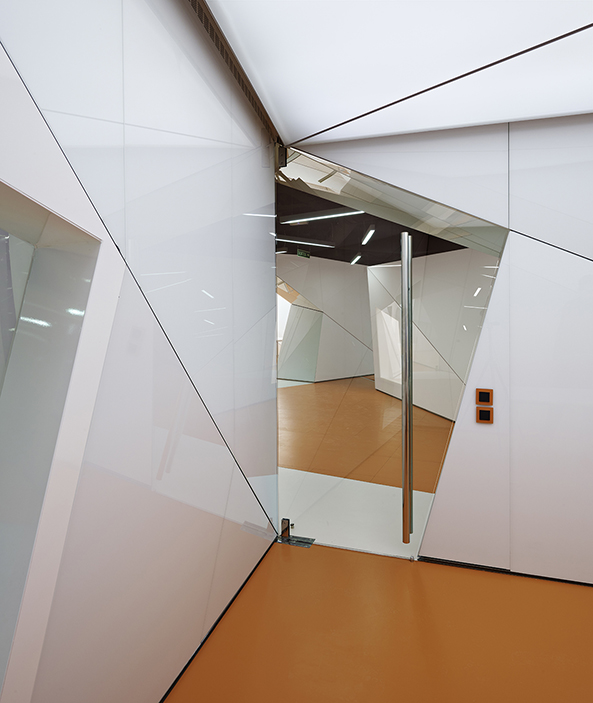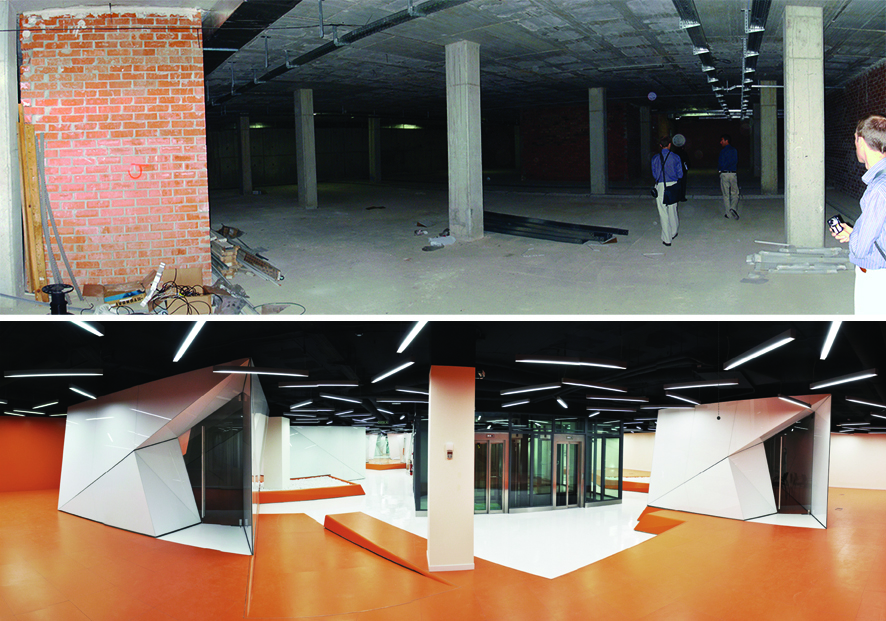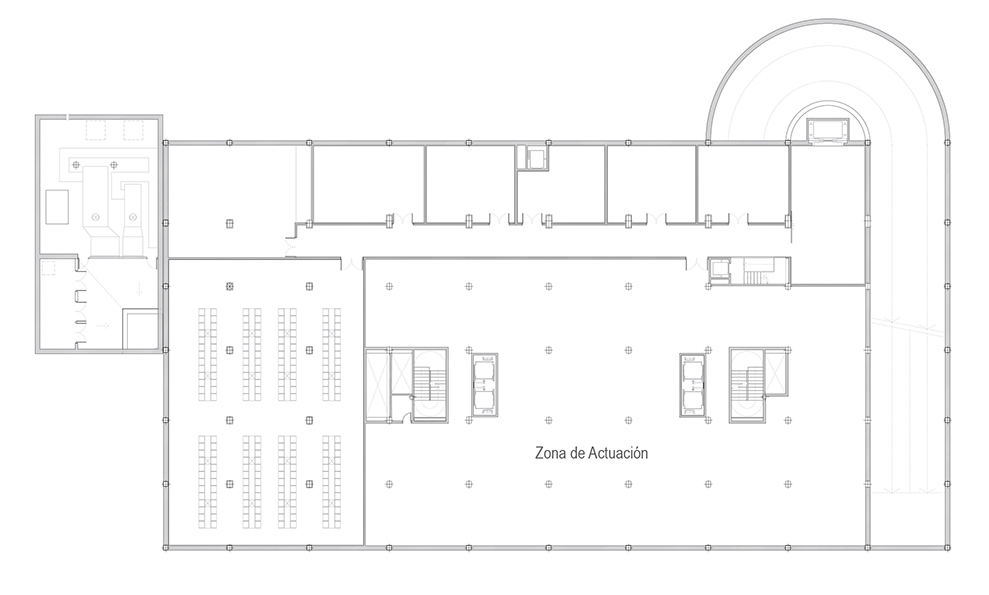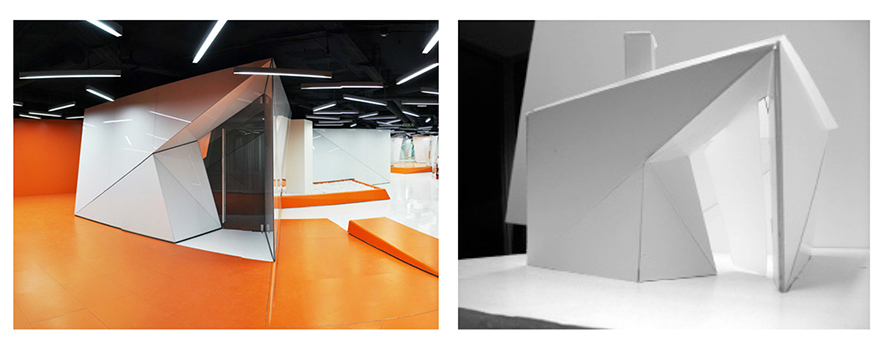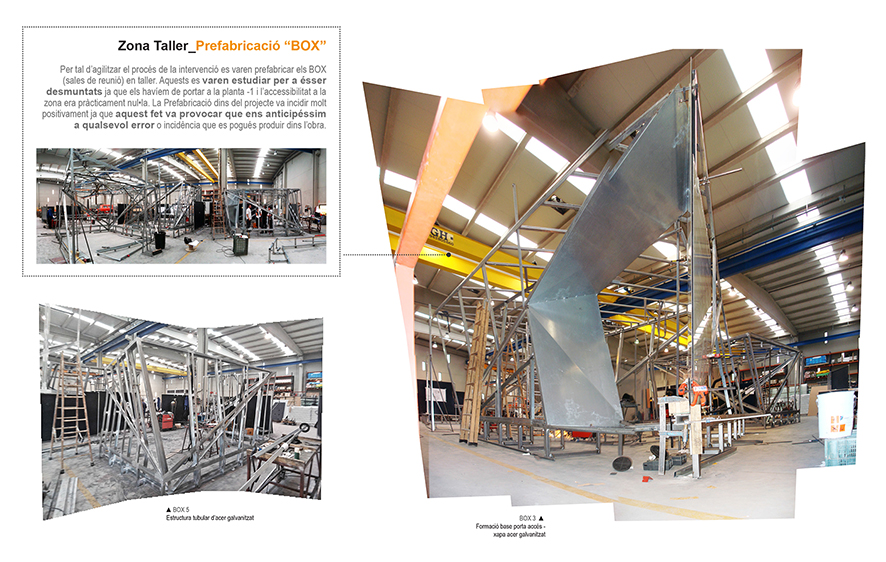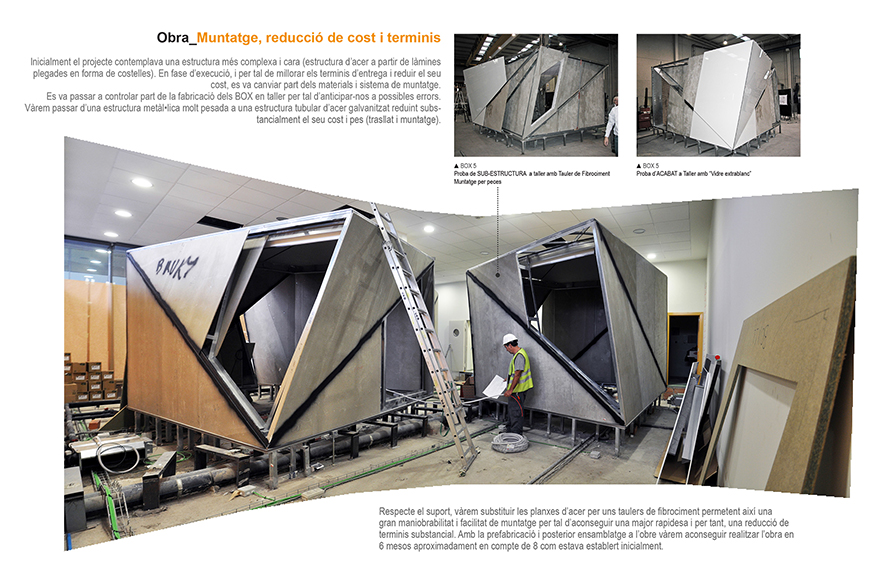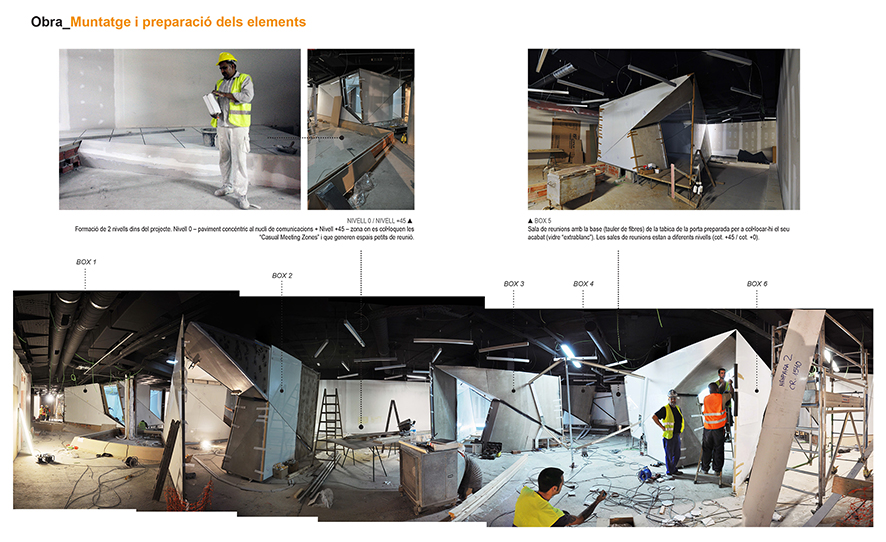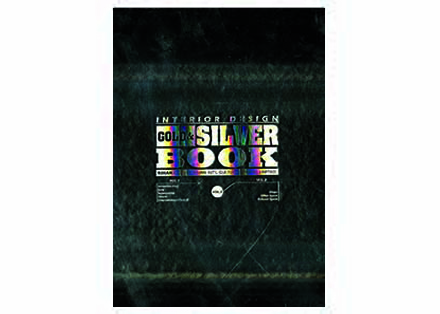CTTI
CTTI
Description:
The project is based on the intervention within a building into new CTTI offices of Generalitat de Catalunya with the aim of establishing a new designed concept and innovative areas work from containing new work dynamics to encourage communication and exchange of information between users. Finally, the project served to promote a new corporate identity with a highly technical design, reinforcing a new label for CTTI offices.
Tipology:
Offices / Restoration
Promoter:
CTTI - Generalitat de Catalunya
Situation:
Hospitalet de Llobregat (Barcelona)
Year:
2012
Area:
6.975 m2
Executive Project Cost:
4.717.832,67 €
Building Final Cost:
4.073.000 €
Cost / m2:
584 €/m2
Budget reduction:
-14%
Client:
Generalitat de Catalunya
Description:
We started from a structural grid space of 6 x 6 of concrete pillars 40 cm. We studied and executed the fitting rooms BOX structure between these pillars. The result was the disappearance of the pillars in this space, giving the feeling of a clear area without any structure.
Description:
The project consisted on the rehabilitation of about 6,700 m2, but the most difficult goal proved the suitability of a buried surface of 2,700 m2 without specific use (storage of excess waste in the building), and the client wanted to use it as offices within the building itself. We found a null space availability without any exterior opening or ventilation at all (the space to intervene was dark, wet and little clean). Thus, the challenge of the intervention was to cover not only functional aspects but also had to meet environmental and health requirements (incorporating natural light, ventilation, etc..) In order to ensure environmental comfort within the comfort of the new work scenario we were about to project.
Description:
One of the main characteristics of the BOX rooms was the incorporation of electrochromic windows in the entire set, studying a solution for this project (without glazing joinery + electrical circuit hidden opalization with glass). This system is part of the known 'smart glass' and noted for its loss of transparency when it is applied to an electric current.
Description:
Initially, the project included a more complex structure BOX. In construction stage, and in order to improve delivery times and reduce cost, we changed some of the materials and mounting system. Regarding its structure, we replace the steel plates for a cement board allowing great maneuverability and ease assembly to be faster in execution. With prefabrication and after assembly on site we got finished the work in approximately 6 months instead of initially 8 months established.
Description:
One of the great challenges of this intervention was to get natural light into this space (a buried plant without openings). The idea was to take advantage of most of what we had; discovered an ancient courtyard of disused facilities through all the floors. This we open the cover (transparent joinery) and sanitize facilities (higher plants) to then paint it white. We studied the placement of a set of mirrors and finally got to get natural light for planting 1.
Description:
Finally, the intervention became a great innovative work area. The different areas of intervention were articulated concentrically by a demilitarized zone (Lvl +45) or 'working Casual Zone' where there were the working spaces, a library, many meeting rooms and different laboratories and workshops.
Author:
Marc Casany
Architecture:
Sara Panadero
Technics:
Mercedes González / Jordi Rivera / Alfredo Fernández
Project budget:
Rosana Klocke / Irma Traserra
D.O.:
Marc Casany
D.E.O.:
Veronique Brun
Building company:
Elecnor - Ehisa
3D:
Andreia Faley / Ismael Vega
Video:
Andreia Faley / Ismael Vega
Photograph:
Eugeni pons
Carrer de Salvador Espriu, 47, 08908 L'Hospitalet de Llobregat, Barcelona
Video - Finally Building
Video - Extract interview
Video - Project phase
